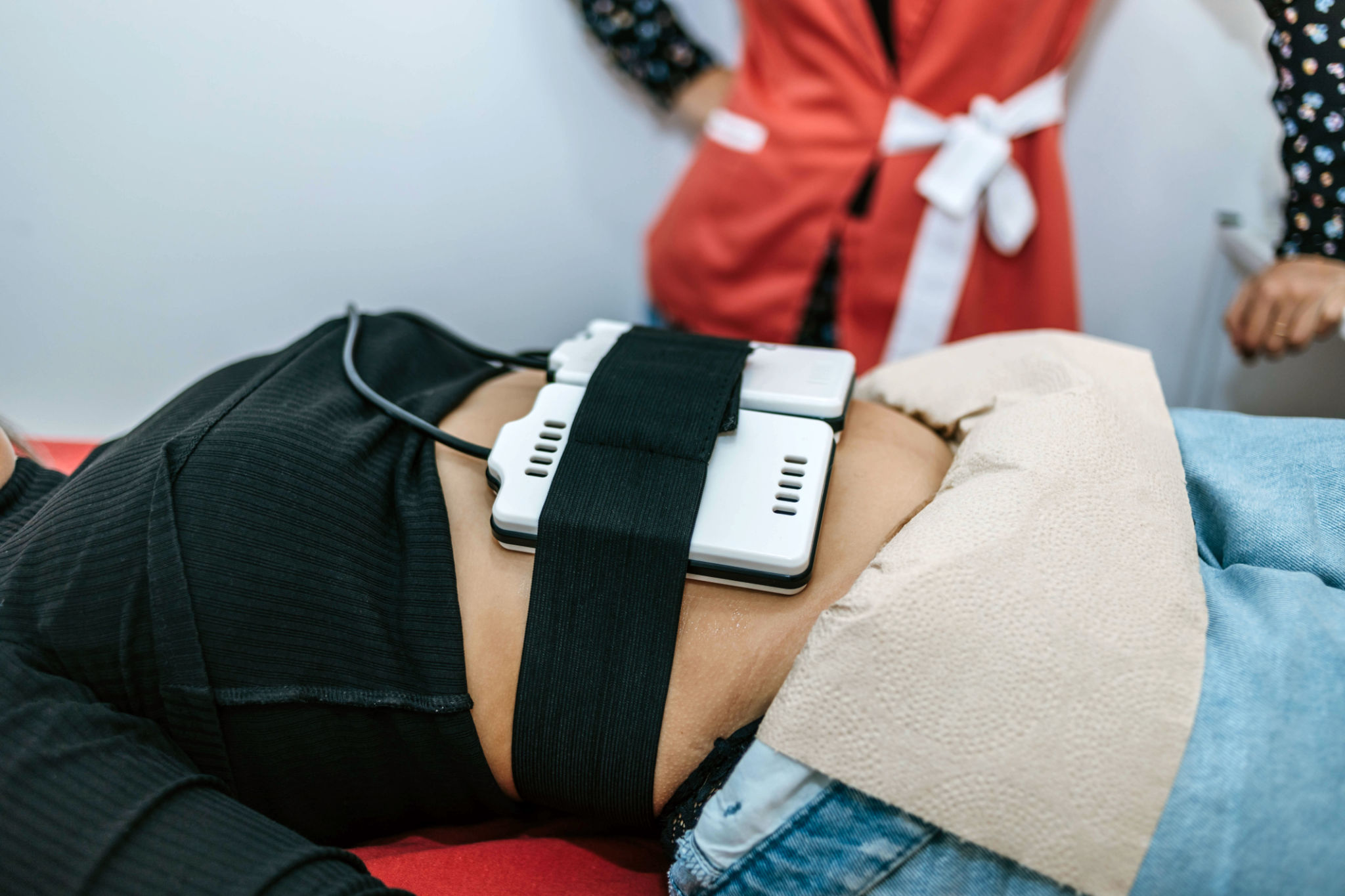Maximizing Results with Professionelle EMS Geräte für Kliniken
The Importance of EMS Devices in Clinical Settings
In the fast-evolving world of medical technology, Electrical Muscle Stimulation (EMS) devices have emerged as a crucial tool for clinics. These devices not only enhance patient care but also optimize the efficiency of treatments. Understanding the benefits and applications of professional EMS devices can significantly impact the outcomes for patients in clinical settings.

Enhancing Patient Rehabilitation
EMS devices are particularly effective in rehabilitation, providing targeted muscle stimulation to aid recovery from injuries or surgeries. By using electrical impulses, these devices can stimulate muscle contractions, helping to rebuild strength and improve mobility. This is especially beneficial for patients who may be unable to engage in traditional forms of physical therapy due to injury, illness, or post-operative limitations.
The use of EMS in rehabilitation settings can accelerate the healing process, reduce pain, and improve overall muscle function. This makes it an invaluable tool for clinicians aiming to provide comprehensive care tailored to individual patient needs.
Applications in Pain Management
Chronic pain management is another area where professional EMS devices shine. By delivering gentle electrical impulses to affected areas, these devices can help alleviate pain, reduce inflammation, and improve circulation. This non-invasive approach offers a viable alternative to pharmaceuticals, thus minimizing potential side effects and drug dependencies.
For clinics focused on holistic treatment methods, incorporating EMS into pain management protocols can enhance patient satisfaction and outcomes. Patients often report feeling more in control of their pain management plans when EMS is part of the strategy.
Improving Athletic Performance
Beyond rehabilitation and pain management, EMS devices are becoming increasingly popular in sports medicine. Athletes utilize EMS technology to enhance performance, improve endurance, and facilitate quicker recovery after intense training sessions. Clinics that specialize in sports medicine can leverage these devices to offer cutting-edge treatment options that cater to the specific needs of athletes.
By integrating EMS technology into training regimens, clinics can help athletes achieve their peak potential while reducing the risk of injury. This not only benefits the athletes but also positions the clinic as a leader in innovative sports medicine solutions.

The Role of Training and Expertise
To maximize the benefits of EMS devices, it is essential that clinic staff are properly trained in their use. Understanding the various settings and applications is crucial for tailoring treatments to each patient's unique requirements. Comprehensive training ensures that staff can confidently operate the devices and provide optimal care.
Additionally, staying updated with the latest advancements in EMS technology can help clinics remain competitive and offer state-of-the-art treatment options. Investing in ongoing education and certification programs for staff can significantly enhance the reputation and effectiveness of clinical services.
Conclusion: A Strategic Investment for Clinics
For clinics aiming to maximize results and improve patient care, investing in professional EMS devices is a strategic move. These devices offer versatile applications across various medical fields, from rehabilitation and pain management to sports medicine. By integrating EMS technology into clinical practice, healthcare providers can enhance treatment efficacy, improve patient satisfaction, and ultimately drive better health outcomes.
Embracing advanced EMS solutions positions clinics at the forefront of medical innovation, ensuring they meet the evolving needs of their patients while maintaining a competitive edge in the industry.